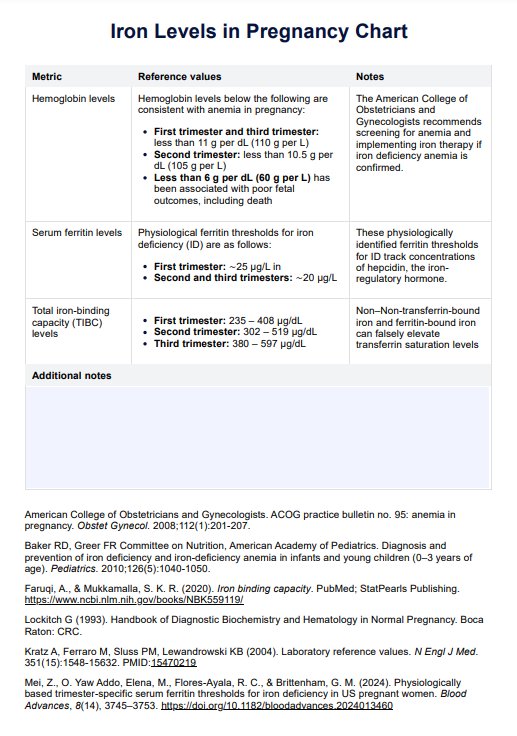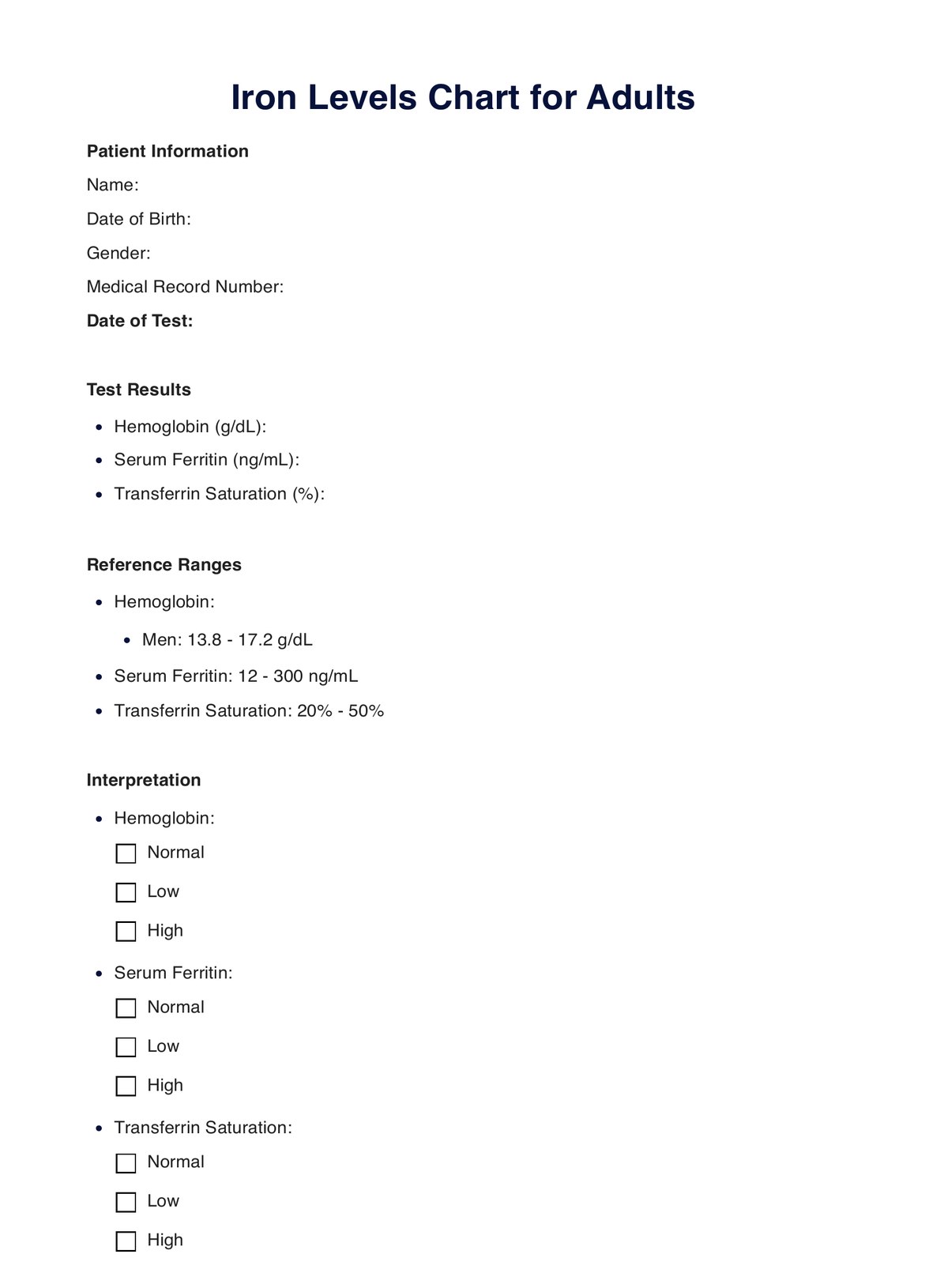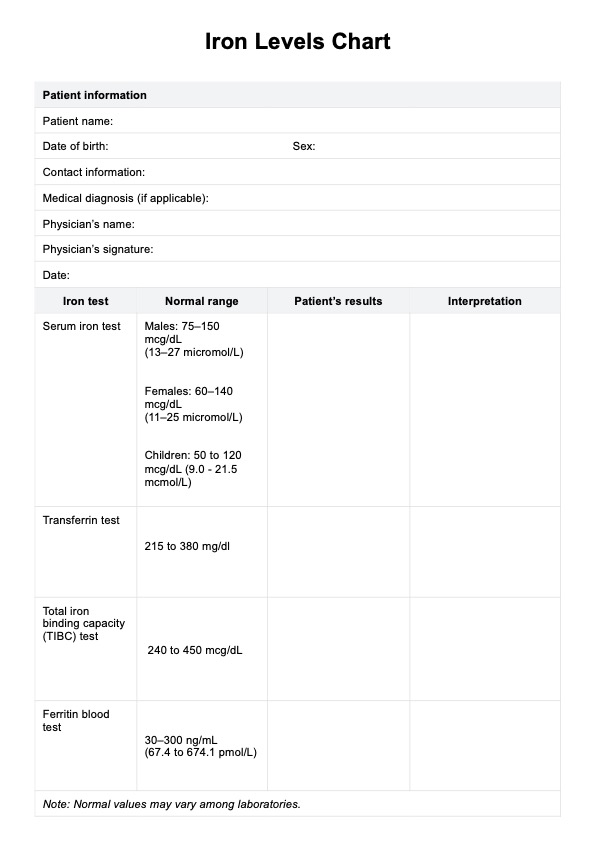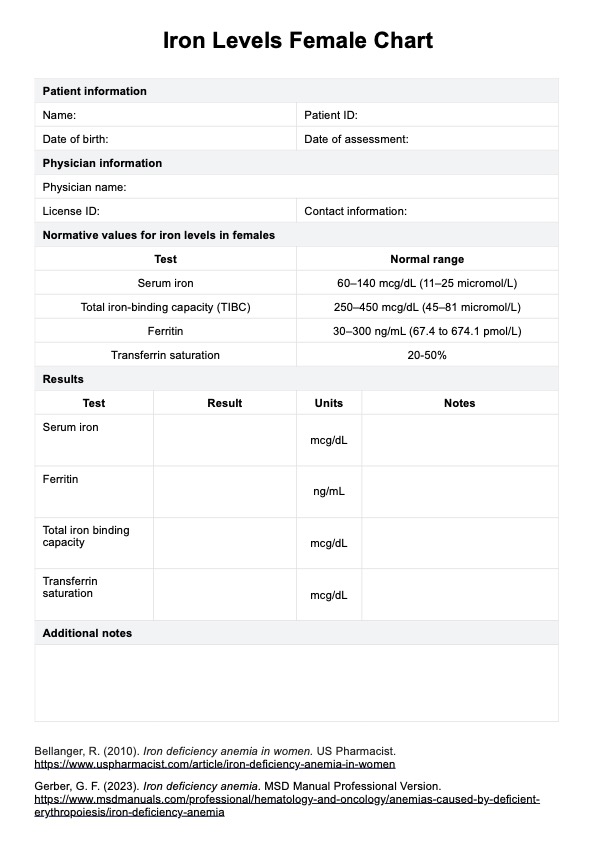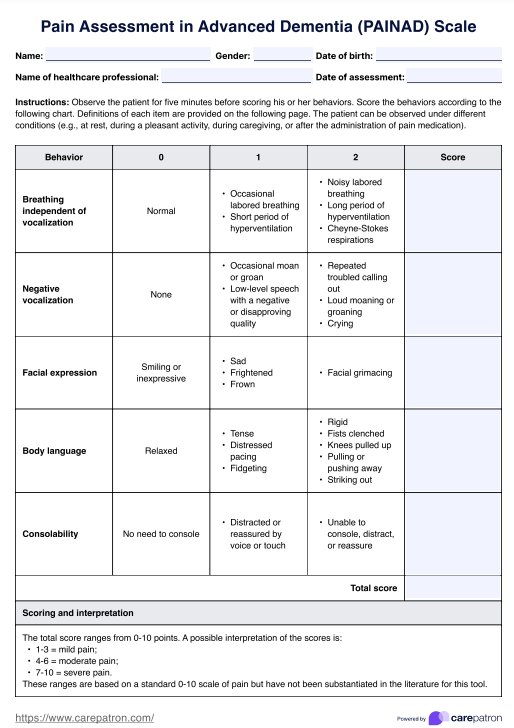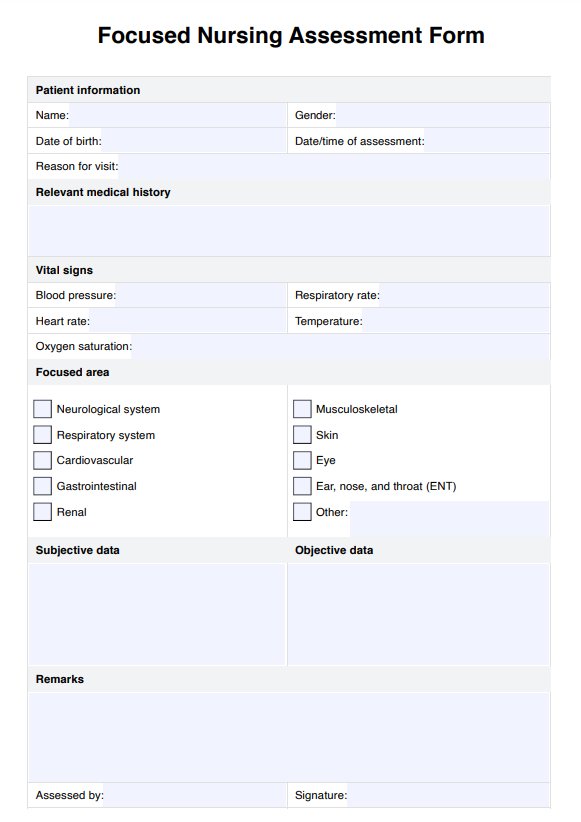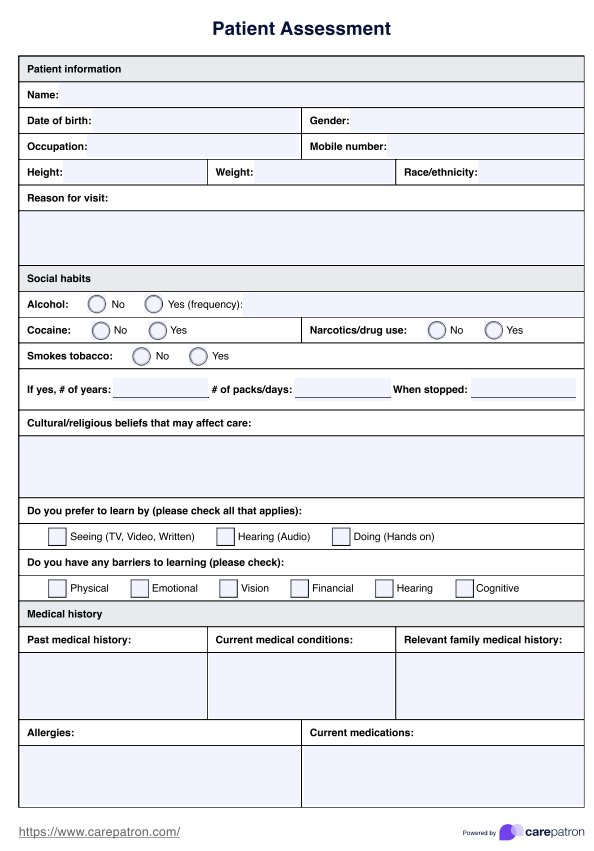Iron Levels In Pregnancy
Learn how to utilize a crucial tool in monitoring and managing iron-related parameters in pregnant patients and identify key risks for superior care delivery.


Importance of monitoring iron levels during pregnancy
Monitoring iron levels during pregnancy is crucial due to the increased demand for iron to support the growing fetus and placenta, as well as to expand the mother's red blood cell mass. Pregnant women require significantly more iron than non-pregnant women, and Abu-ouf & Jan (2015) estimated and suggested that up to 52% of pregnant women may be affected by iron deficiency anemia globally. This deficiency can lead to serious health complications, including low birth weight, premature delivery, and developmental delays in infants.
Routine iron supplementation is recommended to prevent anemia, as dietary intake alone often fails to meet the heightened iron requirements during pregnancy. The Centers for Disease Control and Prevention (CDC) (1998) advises all pregnant women to begin iron supplementation early in their prenatal care. Regular monitoring of iron levels helps ensure adequate maternal and fetal health, reducing the risk of adverse outcomes associated with iron deficiency.
Iron Levels In Pregnancy Template
Iron Levels In Pregnancy Example
What is an Iron Levels in Pregnancy Chart?
An Iron Levels in Pregnancy Chart is a reference tool healthcare professionals can use when testing for a pregnant person's hemoglobin, serum ferritin, and total iron-binding capacity (TIBC) levels. The chart provides reference ranges for each trimester to assess whether a pregnant individual is getting enough iron to support their health and the development of the baby.
Healthcare professionals use this chart to monitor and evaluate iron levels at different stages of pregnancy, ensuring any deficiencies are detected early, which can help detect the risk to develop iron deficiency anemia. By comparing a pregnant person's hemoglobin, serum ferritin, and TIBC results to the reference ranges provided in the chart, healthcare providers can determine whether their iron levels are within a healthy range or if additional iron supplementation is needed.
How does it work?
The Iron Levels in Pregnancy Chart is a valuable resource for medical professionals to monitor and manage iron levels in pregnant women. Here's how to use the template:
Step 1: Access the chart template
The Iron Levels in Pregnancy Chart template is available within this guide for easy download and use. Healthcare practitioners can access the template, customize it as needed, and integrate it into their practice to track patients’ iron levels throughout pregnancy.
Step 2: Review the chart content
Before introducing the chart to patients, medical professionals should review its content. This includes understanding the reference values, the significance of these levels across each trimester.
Step 3: Introduce the chart to the patient
Once familiar with the chart, practitioners should introduce it to the patient. Explain how the Iron Levels in Pregnancy Chart will help monitor their iron status, the importance of tracking their iron levels, and how it aids in preventing iron deficiency anemia and severe anemia during pregnancy.
Step 4: Provide patient education
Educating the patient is key. Discuss the importance of maintaining adequate iron levels, the benefits of enhancing iron absorption, and the role of a prenatal vitamin to prevent iron deficiency anemia. Additionally, provide dietary guidance, emphasizing the consumption of iron-rich foods to prevent iron deficiency and promote a healthy pregnancy.
Step 5: Discuss next steps
After reviewing the chart, discuss the next steps with the patient. Set up follow-up appointments to regularly track iron levels, adjust iron supplements as necessary to enhance iron absorption, and continue monitoring for any signs of severe iron deficiency anemia.
When is the Iron Levels in Pregnancy Chart used?
The Iron Levels in Pregnancy Chart is a vital tool for tracking iron levels and preventing iron deficiency anemia during pregnancy. Healthcare professionals use this chart in various instances to monitor and maintain optimal iron levels, ensuring a healthy pregnancy for both mother and baby.
During routine prenatal care
The chart is commonly used during routine prenatal visits to monitor the mother’s iron levels. Healthcare practitioners track serum iron and red blood cells to detect early signs of iron deficiency anemia. If levels drop, they can recommend iron supplements or iron-rich foods to boost iron intake.
Monitoring iron levels in the third trimester
During the third trimester, iron demand increases as the baby grows rapidly, requiring more red blood cells for oxygen transport. The iron levels in pregnancy chart third trimester is especially important to track whether a mother needs extra iron supplements to avoid iron deficiency anemia.
When anemia symptoms are present
If a pregnant woman shows symptoms of iron deficiency anemia, such as fatigue or paleness, the chart helps assess iron status. Low iron levels result in fewer red blood cells, leading to symptoms. This allows for timely intervention with diet modifications and iron supplements.
Addressing iron absorption issues
Some women may experience conditions that decrease iron absorption, such as gastrointestinal problems. In these cases, healthcare providers use the chart to monitor iron status and recommend taking a separate iron supplement at different times to optimize iron intake and prevent complications, as advised by the World Health Organization.
References
Abu-Ouf, N., & Jan, M. (2015). The impact of maternal iron deficiency and iron deficiency anemia on child’s health. Saudi Medical Journal, 36(2), 146–149. https://doi.org/10.15537/smj.2015.2.10289
Centers for Disease Control and Prevention. Recommendations to prevent and control iron deficiency in the United States. MMWR Recomm Rep. 1998;47(RR-3):1-29. https://www.cdc.gov/mmwr/preview/mmwrhtml/00051880.htm
Commonly asked questions
This chart is typically requested by healthcare professionals and members of the pregnancy team, such as midwives, nutritionists, and doctors, when assessing the pregnant patient for potential iron-related issues.
These charts are utilized in the 24-28 week pregnancy assessment and when the patient presents with typical symptoms of iron deficiency anemia.
This charting tool collates patient information and medical history, clearly displays the results of iron parameters, identifies and assesses symptoms, creates treatment plans and diagnoses, and monitors and safely records all interventions.


